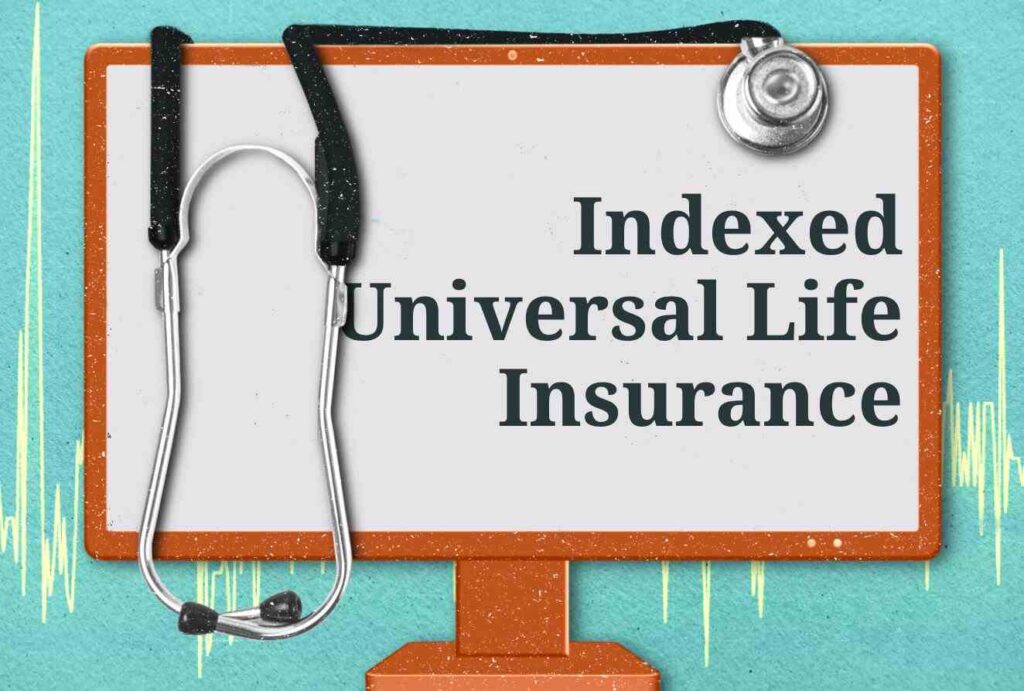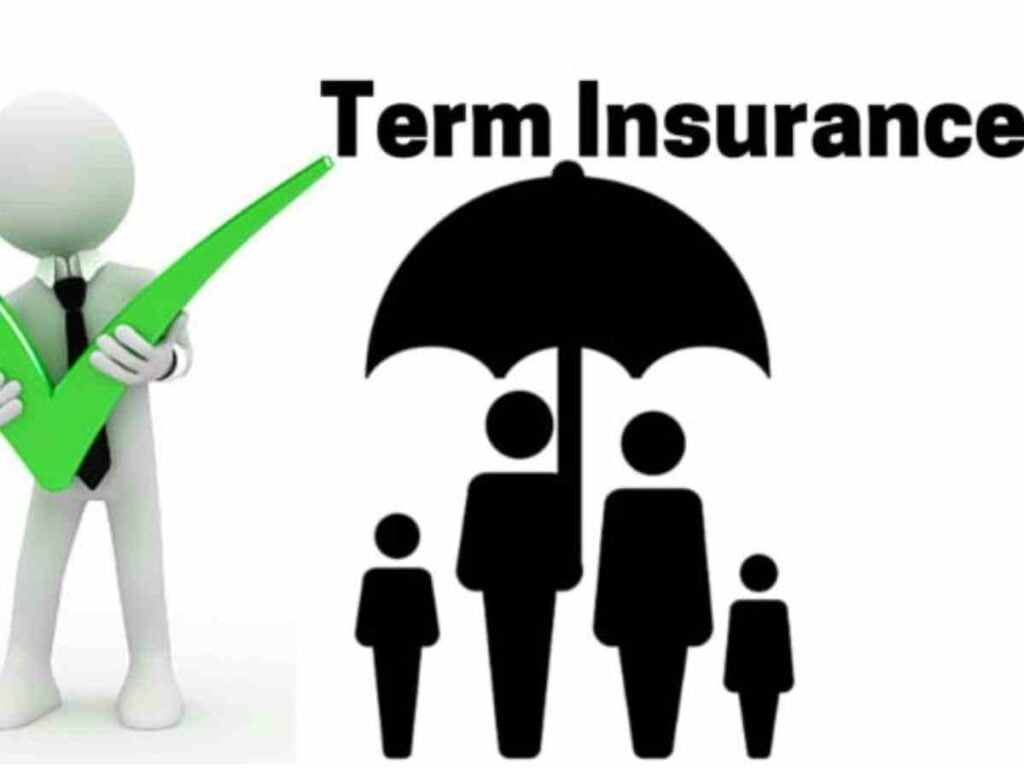Navigating the complexities of an Indexed Universal Life (IUL) insurance policy can be challenging, especially when you decide it’s time to walking away from it. Whether you’re facing high fees, unsatisfactory returns, or simply a change in your financial goals, understanding how to exit an IUL policy is crucial. In this article, we’ll guide you through the essential steps and considerations for canceling your IUL policy. From understanding the financial implications to exploring alternative options, we’ll provide you with the knowledge you need to make an informed decision. Let’s dive into the process of getting out of an IUL policy and ensure you have all the information to move forward confidently.
Understanding Indexed Universal Life (IUL) Insurance Policies

Indexed Universal Life Insurance (IUL) is a unique form of permanent life insurance that offers a combination of a death benefit and a cash value component. Unlike term life insurance, which provides coverage for a specific period, IUL is designed to stay in force for your entire life as long as the premiums are paid, or until the policy reaches its maturity date, often at age 121.
The way IUL works is quite interesting. When you pay your premiums, one part of it goes towards the death benefit, another part covers the administrative costs and the cost of insuring you, and the remaining amount is directed towards your cash value account. This cash value is linked to the performance of a specific market index, such as the S&P 500 or the Nasdaq composite. However, it’s important to note that the cash value is not directly invested in the stock market, which helps to mitigate risk.
One of the key features of IUL is its flexibility. You have the option to adjust your premium payments and death benefits as your financial needs change. Additionally, you can access your cash value through policy loans or withdrawals, providing financial flexibility when needed.
Benefits of Voluntary Life Insurance
However, it’s crucial to remember that IUL policies are complex and may not be suitable for everyone. They come with more ups and downs than many other types of life insurance. Therefore, it’s always recommended to consult with a financial advisor before making any decisions about an IUL policy.
Pros & Cons of An IUL Policy
Indexed Universal Life (IUL) policies come with a mix of benefits and drawbacks. Here’s a detailed look at both:
| Pros | Cons |
|---|---|
| The cash value can grow based on the performance of a stock market index, offering potentially higher returns compared to traditional whole life insurance. | IUL policies can be complex and difficult to understand, often requiring professional advice. |
| Offers flexible premium payments and death benefit options, allowing adjustments based on financial needs. | There are often caps on the maximum returns credited to the cash value, limiting growth potential. |
| Cash value grows tax-deferred, and the death benefit is generally tax-free for beneficiaries. | Typically comes with higher fees and charges compared to other life insurance types, which can reduce cash value growth. |
| Includes a “floor” that prevents cash value from decreasing due to poor market performance, ensuring a minimum interest rate (often 0%). | Premium amounts and market returns are not guaranteed, leading to variability in performance and costs. |
| Policyholders can borrow against the cash value or make withdrawals, providing access to funds if needed. | Cancelling an IUL policy early can result in significant surrender charges, reducing the cash value received. |
Reasons for Exiting an IUL Policy
Deciding to exit an Indexed Universal Life (IUL) policy is a significant financial decision. Here are some common reasons why policyholders might consider this step:
- Financial Difficulties: Unexpected financial hardships, such as job loss or medical emergencies, can make paying premiums challenging.
- Change in Financial Goals: Shifting priorities, like funding children’s education or new retirement plans, may render an IUL policy less relevant.
- Unsatisfactory Policy Performance: If market returns are poor or costs are higher than expected, policyholders might seek better investment options.
- Better Investment Alternatives: Discovering more lucrative or stable investment opportunities can prompt a switch from an IUL policy.
- High Fees and Charges: Accruing administrative fees, mortality charges, and surrender costs can erode the policy’s cash value over time.
- Poor Policy Management by the Insurer: Issues with transparency or trust in the insurance company can motivate policyholders to exit.
- Inadequate Coverage: Realizing the policy doesn’t meet coverage needs might lead to choosing a more suitable insurance type.
- Retirement and Simplification: Simplifying finances for retirement can involve exiting complex policies like an IUL.
- Regulatory Changes: New tax laws or insurance regulations can impact the benefits and prompt policy reevaluation.
Comparing Indexed Universal Life Insurance to 401(k)
Each of these reasons highlights the importance of regularly reviewing financial plans and being flexible enough to make changes when necessary. Exiting an IUL policy is a major decision that should be made with careful consideration and, ideally, professional advice.
Options for Exiting an IUL Policy
Exiting an Indexed Universal Life (IUL) insurance policy can be done in several ways, each with its own implications:
- Surrender the Policy: This means completely giving up the policy. When a policy is surrendered, the insurance coverage ends, and the policyholder may receive the cash surrender value, if any. However, surrender charges may apply, and there could be tax implications.
- Selling the Policy: You can sell your IUL policy through a life settlement company. They assess the policy’s value and can offer a lump sum payment. The offer you receive will depend on factors like your age, health, and the policy’s death benefit.
- Withdrawals: Policyholders can make withdrawals from the cash value of their IUL policy. While this allows access to cash, it may reduce the death benefit and could have tax implications.
- Policy Loans: Policyholders can borrow against the cash value of their IUL policy. It’s important to note that any outstanding loan balance (plus interest) will be deducted from the death benefit if not repaid before the policyholder’s death.
- 1035 Exchange: This is a provision in the U.S. tax code that allows you, under certain circumstances, to transfer the cash value from your IUL policy to a new life insurance policy or an annuity without having to pay taxes.
- Reduced Paid-Up Option: If the policyholder has enough cash value, they might be able to stop paying premiums and continue the policy with a reduced death benefit.
- Letting the Policy Lapse: If premiums are not paid, the policy may lapse, or terminate. In some cases, the policy may enter a grace period or be converted to a paid-up policy.
Benefits of Indexed Universal Life Insurance for Retirees
Remember, each of these options has potential financial and tax implications. It’s always recommended to consult with a financial advisor before making such decisions.
Alternatives to IUL Policies
There are several alternatives to Indexed Universal Life (IUL) insurance policies that you might consider:

- Whole Life Insurance: This is the most basic lifelong policy, which has a cash value component and a guaranteed death benefit. Unlike IUL, the cash value in a whole life insurance policy can accrue at a guaranteed rate of return.
- Current-Assumption Whole Life (CAWL): Sometimes called interest-sensitive whole life, CAWL is essentially IUL without the adjustability features or equity-indexed interest crediting rate.
- Adjustable Life (AL): This type of policy allows the policyholder to change the death benefit and premium amounts over time.
- Variable Life (VL) and Variable Universal Life (VUL): These policies allow the policyholder to invest the cash value in sub-accounts that mirror a stock index.
- Flexible Premium Deferred Index Annuity (FPDIA) combined with Term Insurance: This combination provides a death benefit (term insurance) and a cash value component (FPDIA) that is tied to a stock index.
- Section 1035 Exchanges: This is a provision in the U.S. tax code that allows you to transfer the cash value from your IUL policy to a new life insurance policy or an annuity without having to pay taxes.
Remember, each of these alternatives has its own set of features, benefits, and potential drawbacks.
Impact on Financial Planning
Exiting an Indexed Universal Life (IUL) policy can have a significant impact on your financial planning:
- Change in Investment Portfolio: Cancelling an IUL policy can alter your investment portfolio. The cash value component of an IUL policy is tied to a market index and can provide a potential source of investment growth. If you cancel the policy, you’ll need to consider other investment options.
- Loss of Death Benefit: An IUL policy provides a death benefit to your beneficiaries. Cancelling the policy means losing this benefit, which could impact your estate planning and the financial security of your dependents.
- Tax Implications: If you cancel your IUL policy, any gains become taxable as income. This could increase your tax liability for the year.
- Potential Surrender Charges: If you cancel your policy within the surrender period (usually the first 10 to 15 years), you may have to pay surrender charges. This could reduce the cash value you receive upon cancellation.
- Impact on Retirement Planning: Some people use the cash value of their IUL policy as a supplemental retirement income. If you cancel the policy, you’ll need to adjust your retirement planning accordingly.
Is Allstate Identity Theft Insurance Worth It?
Remember, it’s always recommended to consult with a financial advisor before making any decisions about an IUL policy. They can help you understand the potential impact on your financial situation and guide you through the process.
FAQs
Q 1. What is the surrender period in an IUL policy?
Ans. The surrender period in an IUL policy typically lasts for the first 10 to 15 years. During this time, surrender charges may apply if you decide to cancel the policy.
Q 2. How does a policy loan work in an IUL policy?
Ans. Policy loans allow you to borrow against the cash value of your IUL policy. The insurance company lends you the money, using your policy as collateral. It acts as a personal line of credit with flexible repayment terms, competitive interest rates, and no credit checks.
Q 3. What happens to the cash value in an IUL policy when the policyholder dies?
Ans. When the policyholder dies, any remaining cash value in the IUL policy goes back to the life insurance company. The beneficiaries receive the policy’s death benefit, but not the cash value.
Q 4. Can I convert my IUL policy to a different type of life insurance policy?
Ans. Yes, you can convert your IUL policy to a different type of life insurance policy through a provision in the IRS tax code known as a 1035 exchange. This allows for a tax-free transfer of an existing life insurance policy for another of like kind.
Q 5. What are the tax implications of surrendering an IUL policy?
Ans. When you surrender an IUL policy, any gains become taxable as income. The taxable amount is calculated by subtracting the basis (the total premiums paid) from the cash value received.
Q 6. How can I reduce the death benefit in my IUL policy?
Ans. As a policyholder, you may be able to adjust your premium payment by lowering your death benefit. This flexibility is one of the features of an IUL policy.
Q 7. What is a 1035 exchange and how can it be used with an IUL policy?
Ans. A 1035 exchange is a provision in the IRS tax code that allows for a tax-free transfer of an existing annuity contract, life insurance policy, long-term care product, or endowment for another of like kind. With a 1035 exchange for individual life insurance, the policy owner can roll over any surrender proceeds into the new policy to avoid any federal income taxes on the gains in the original policy.
Q 8. What are the fees associated with an IUL policy?
Ans. The fees associated with an IUL policy typically include the premium load, monthly charge, mortality charges, and expense charges. These charges are common across all IUL products.
Q 9. How does the cash value in an IUL policy grow?
Ans. The cash value in an IUL policy grows based on the performance of an external market index like the S&P 500. The cash-value growth that is based on the underlying index is subject to caps, floors, and participation rates.
Q 10. What happens if I stop paying premiums on my IUL policy?
Ans. If premium payments cease, the policy’s cash value can be used to cover future premiums through automatic premium loans or extended coverage options, ensuring the policy remains in force. However, if you stop paying premiums, your IUL policy may be canceled.
Conclusion
Deciding to leave an Indexed Universal Life (IUL) policy isn’t easy. It’s important to understand how IUL works, the good and bad points, and how to take money out if needed. There are other options to consider too. But everyone’s situation is different, so what’s right for one person might not be right for another. That’s why it’s always a good idea to talk to a financial advisor before making such a big decision. The goal is to make the best decision for you and your financial future.

Jasper Collymore is a seasoned life insurance expert with over 15 years of experience in the field. Holding a CLU (Chartered Life Underwriter) certification, Jasper is dedicated to helping individuals and families secure their financial future. As an author on the ‘FundFinesse’ blog, Jasper writes clear and easy-to-understand articles about life insurance.


